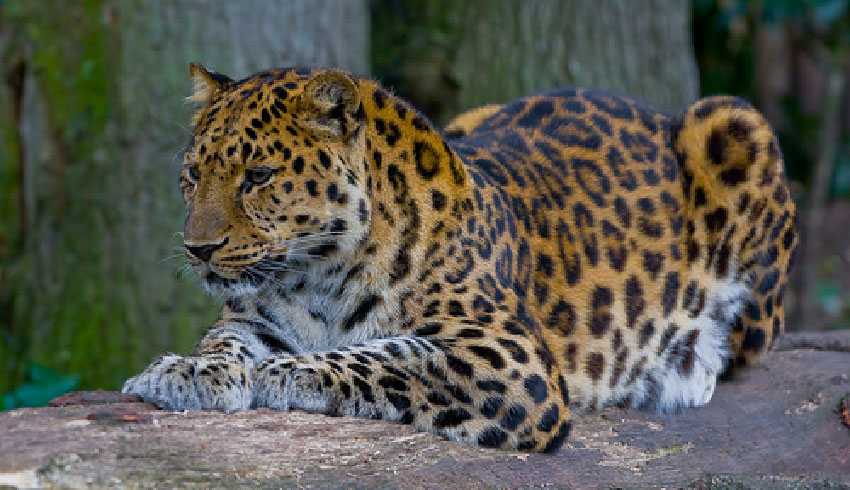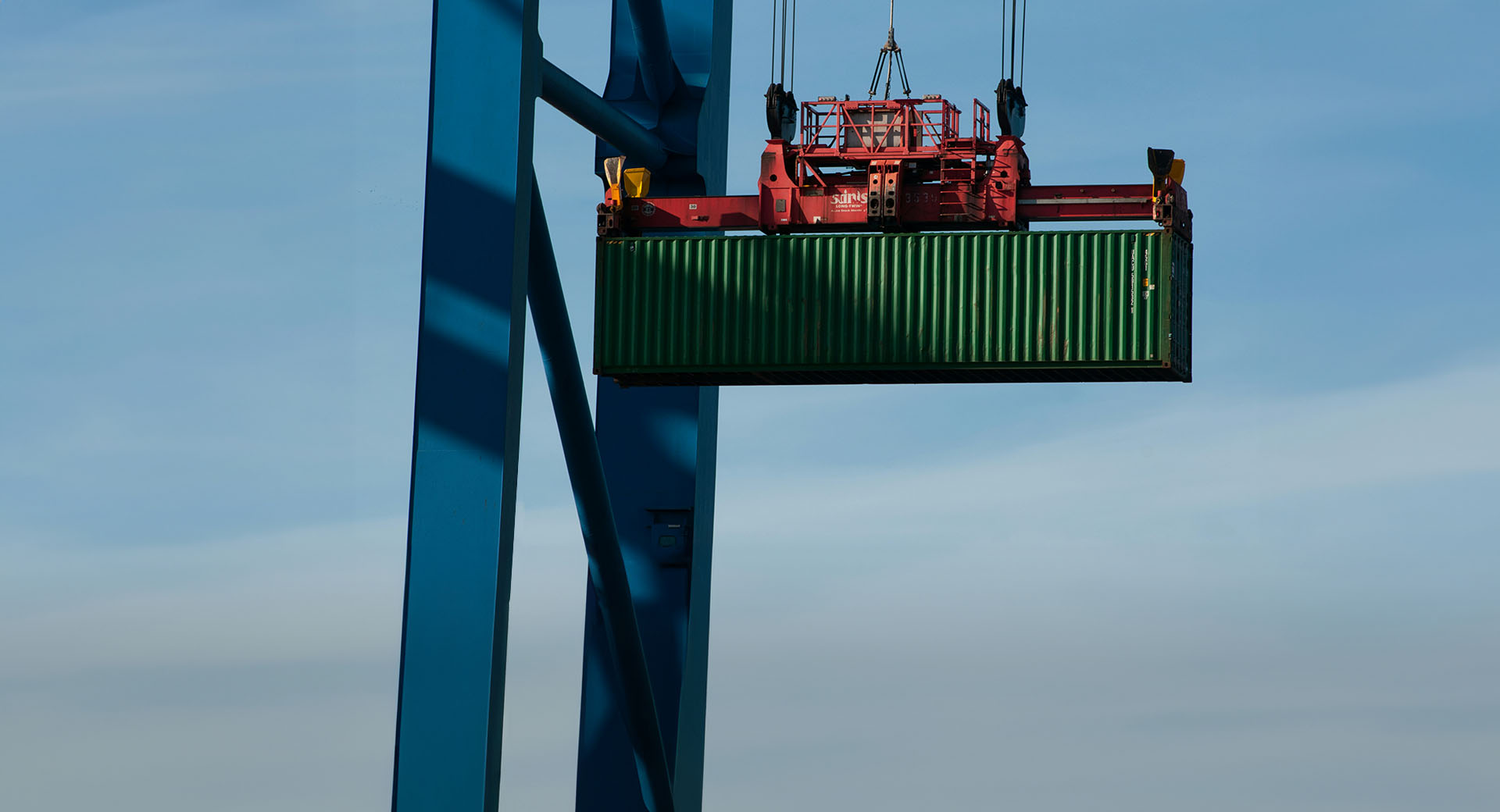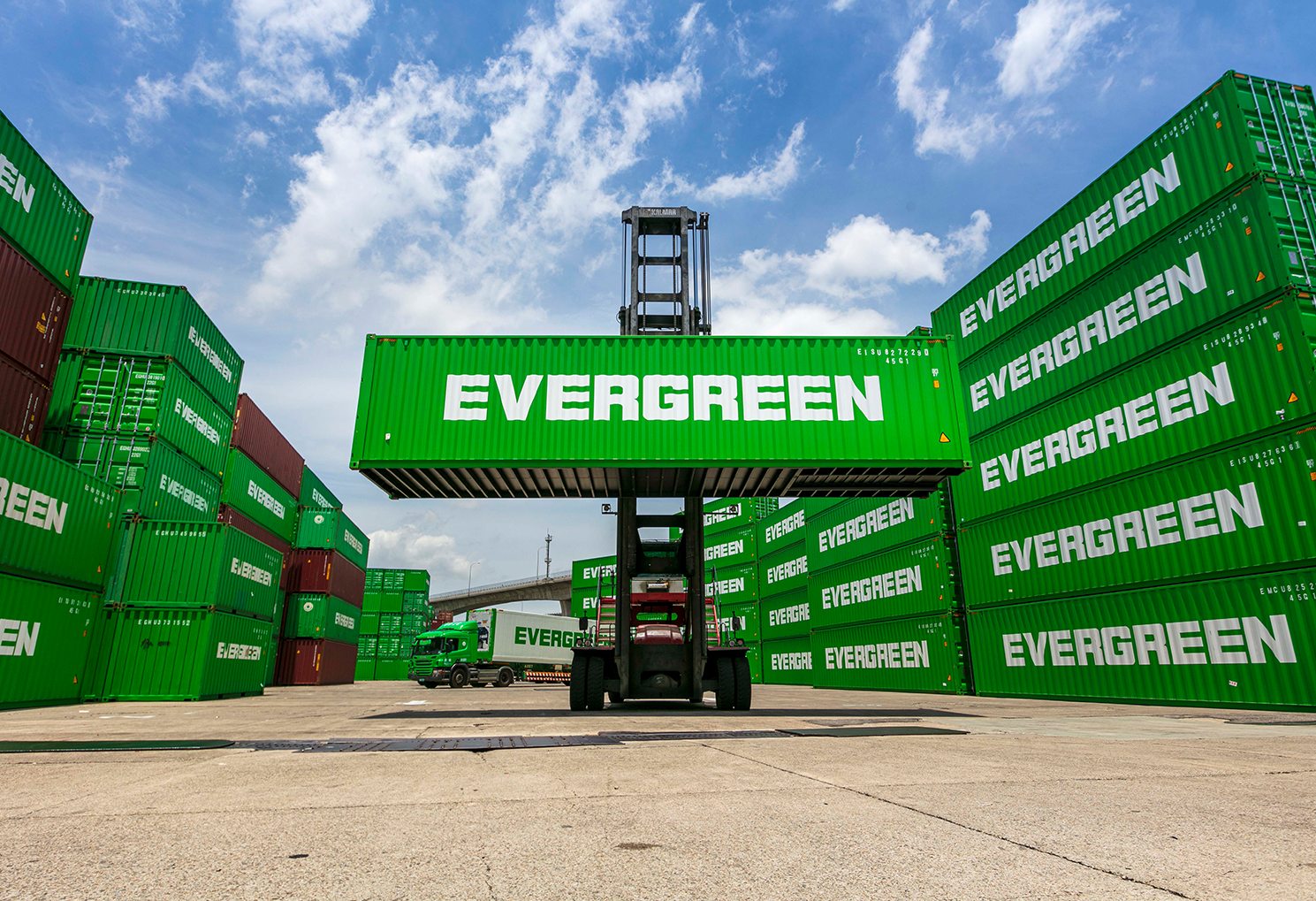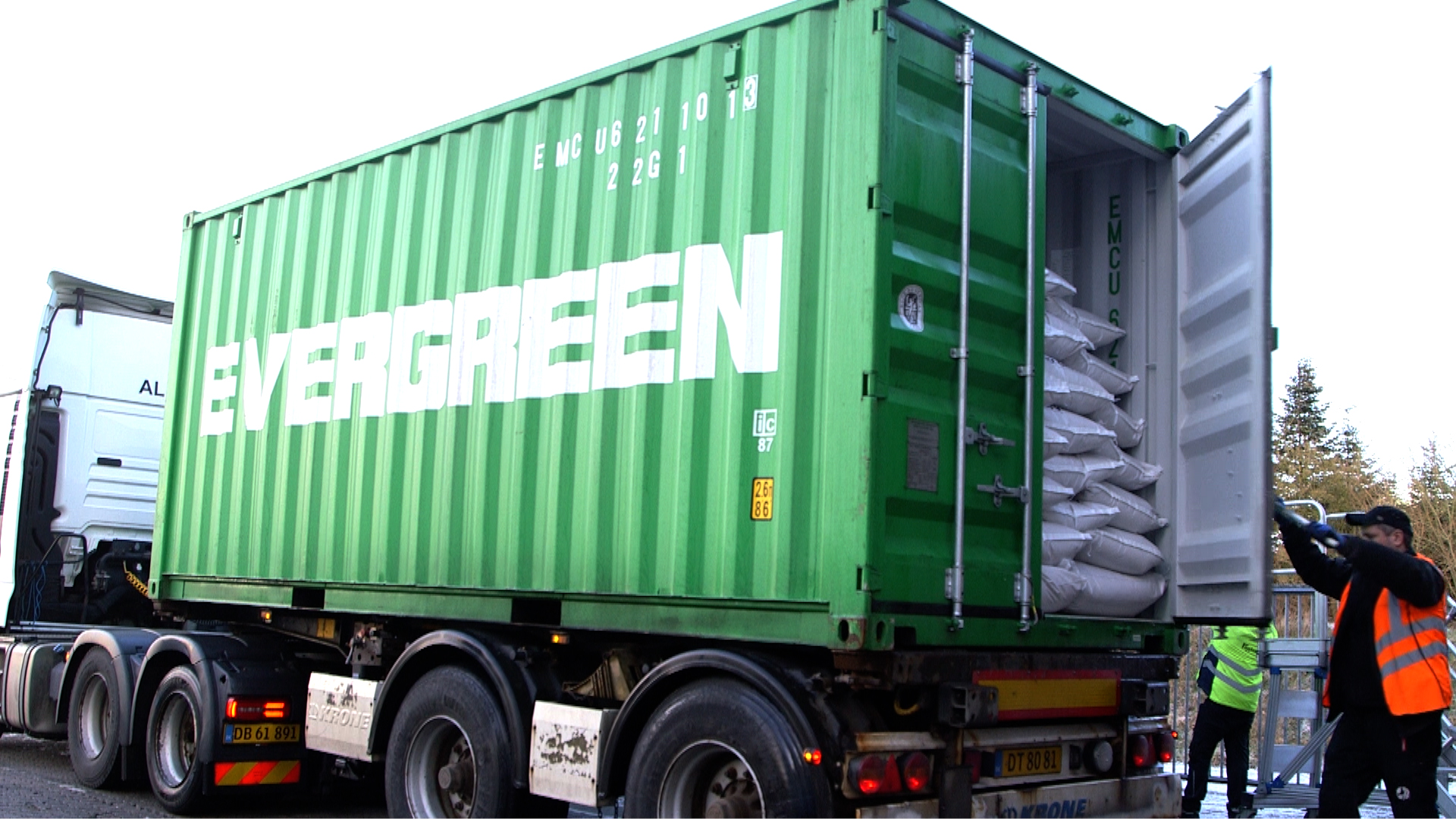Is it really true that no challenge is too large or small for Greencarrier? It most certainly seems like it! When Tallinn Zoo asked us for help to transport an Amur Leopard to Scotland Highland Wildlife Park, the answer was: Yes, it’s possible!
Transporting leopards between Estonia and the UK
Recently, Greencarrier Freight Services in Estonia was asked to help transport a male Amur Leopard from Tallinn Zoo to Highland Wildlife Park in Scotland. On our way back, we also helped to bring another male back to Tallinn Zoo, which we picked up from Twycross Zoo in England. Both leopards were about two years old, Freddi from Tallinn being born in April 2014 and Aleksei from England being born in June the same year.
The most critically endangered leopard in the world
The main purpose of the transports was to breed and increase the number of Amur leopards in the world. The Amur leopard is the most critically endangered of all big cats. It suffers from poaching, the pressures of habitat destruction and lack of prey due to overhunting. While at the beginning of the 20th century, the species was still quite common in southern Primorye in Russia, its population gradually got fragmented. Today, only a small population of about 50 individuals live in their natural habitats the Russian, Chinese and North Korean border region.
Using captive-bred individuals to build the wild population of Amur leopards
There is no doubt that the Amur leopards are at real risk of extinction in the wild. To do something about this critical situation, many zoos today are contributing to their conservation and working to establish a reintroduction programme. Thankfully, the Amur leopard breeds fairly readily in captivity. If this succeeds, the offspring can be released in the wild and the Amur leopards can continue to thrive in their original environment.
Transporting a big animal brings big challenges
We started to plan for the transports already in the beginning of the year. But the real action started in July when we got the information that both zoos were ready to receive the leopards. Transporting big animals like this is not an every-day request. It brings big challenges for sure as they are live animals that need to be kept safe and alive. The main concern when transporting the leopards was the temperature. We had to make sure the leopards were not getting dehydrated during the transport.
Using a specially-built trailer equipped with a ventilation system
We looked into different possibilities of how to carry out the transports and decided that the best option for the leopards was to use a trailer that was specially-built for transporting animals. The trailer was equipped with a ventilation system to make sure the temperature didn’t rise above 23 degrees Celsius, keeping the leopards cool and alert. We also made sure to stop regularly to give the leopards water to prevent thirst.
Planning for a time-sensitive transport between Estonia and the UK
We carefully calculated which way would be the best to drive to get the leopards at their end destinations as fast as possible. We wanted to minimise the transport time as much as possible as the trailer wasn’t an environment the leopards were used to. We decided to drive through the Netherlands, Belgium, and France across the sea from the port of Dunkirk to the port of Dover in England and on to Scotland. There were two drivers who took turns in driving the trailer. There was also one person who made sure the leopards were okay at all times during the transport. From start to final destination, the journey took about 34 hours.
Supporting wild animals through our Greencarrier Spirit Fund and CSR projects
At Greencarrier, we believe in preserving, loving, and caring for the beauty of our planet. Each year, we set aside one percent of our yearly profit in our special Greencarrier Spirit fund. The money is used for CSR projects that our hearts pound a little extra for. WWF, which is the leading organisation in wildlife conservation and endangered species, is one of them. They work with several communities, regional authorities, government and other organisations to save the Amur leopard.
A transport that fits right into what we promise our customers
Being able to move big animals such as leopards from one country to another is a transport that truly fits into Greencarrier’s promise to the market – Yes, it’s possible! Even if we get a request for a transport that we usually don’t handle, we are always willing to try, and moreover, do our very best to make sure our customers, or in this case, animals, are happy!





